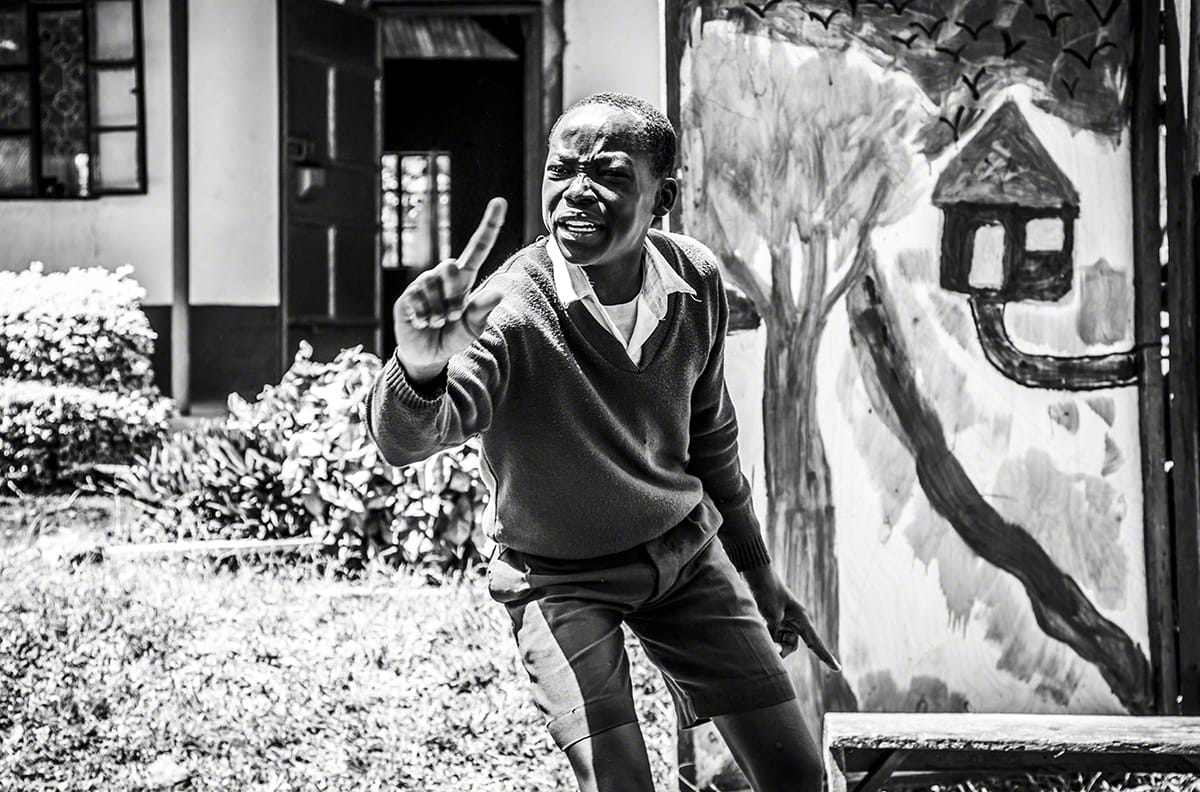“If you can’t say anything nice, don’t say anything at all.”
How many times have we heard this phrase throughout our lives?
It’s universally known, yet still hasn’t quite made landfall within the headspace of many individuals and groups.
The language is not always trivial or easily brushed off, either. On this International Day for Countering Hate Speech, we want to emphasise how damaging toxic rhetoric can be, and explore ways to encourage healthy narratives …
Historical Horrors
Within months of Adolf Hitler’s appointment as the Chancellor of Germany in 1933, his newly established Ministry of Propaganda effectively took control of the media, radio, film and theatre, and mandated the content. Those who opposed promoting the racist, homophobic Nazi ideology were threatened with the punishment of job termination and time in a concentration camp. The messaging was crafted to be clear, to-the-point and promote a sense of community, which appealed to those who craved order and feared the threat of war. It was essentially this ‘smart marketing,’ rooted in hate speech, which led to the 3rd largest genocide in human history.
In the second half of the 1970s, Cambodia also experienced a genocide. The Khmer Rouge was a communist party that advocated for a purely agrarian society, launching what was essentially a “peasant revolution.” Christians, Jews and Muslims were targeted, as well as any persons thought to be an intellectual, or in professions that would suggest such academia (lawyers, educators, etc.) and their branding of these groups as “enemies” mobilised a rebellion that collapsed the economy, triggered shortages of food, spread disease and led to an approximate 2 million lives lost.
A regional war in the Balkans was well underway in the summer of 1995 when the town of Srebrenica was targeted by the Republika Srpska. This political entity demonised Muslim populations via their state media channels and painted them as violent threats to innocent Serbians. Srebrenica was populated by Muslim refugees who had fled other villages in the midst of attacks. These citizens had little food, and camped in vehicles and public buildings. They were in a very weakened state when Bosnian Serb forces received the command to “eliminate the Muslim population” from these enclaves. In this massacre, the aggressors succeeded in killing 8,000 Bosnian Muslim men and displacing up to 30,000 Bosnian Muslim women, children and elderly.
When every genocide, war or major conflict is put under the lens to study, there seems to be one thing that they all have in common at the start:
The spread of misinformation using hate speech.
Mentions in Mainstream Media
It may be hard to believe, but there are frequent instances of hate speech masquerading as humour, or downplayed as ‘honest mistakes’ in the present day. Most recently, Indigenous hockey star, Zach Whitecloud, was mocked by a respected announcer during a game. He chose to forgive the sportscaster, but it’s evident from his emotional response that the words cut deep.
Last year, popular podcaster Joe Rogan issued an apology after a compilation video went viral of him repeatedly using a racial slur against Black people in his show. That’s right—compilation. It didn’t happen just once, so the platform removed the offensive episodes, but kept the show on the air. Hopefully, Joe has learned his lesson from this experience …,
Suicide and Social Media
The suicide of 15-year-old Sadie Riggs, of Bedford, Pennsylvania, after extensive bullying, gained national attention after her aunt had asked the police for help and contacted Instagram’s headquarters as she saw her niece suffer, yet received no support.
Though there are positives to communication that enables us to speak to one another worldwide, there are undeniable real-time ramifications that result from cyberbullying and harassment on social media. The Suicide Prevention Resource Center reports that young people who are victims of cyberbullying are twice as likely to attempt suicide and self-harm.
The Social Media Victims Law Center corroborates these claims, noting that among those age 10 – 24, suicide is now the second leading cause of death. They cite correlations between social media and depression, as well as other mental health issues linked to victims of cyberbullying.
Peaceful Prevention
Although this is a large-scale issue, there are ways we as individuals can all contribute to healthier dialog:
- Pledge to Pause. Before sharing stories and reports on social media or amongst friends and family, ensure you’re getting your facts from a credible source. Join the #PledgetoPause campaign for tools to help share responsibly.
- Attend an Event. A live webcast of the “Effective Action to Counter Hate Speech” event will be available during the meeting on June 19th. Access all the details (and the link) here.
- Take a Test. Discover how familiar you are with hate speech and related issues with this free online test provided by the U.N., which will only take moments to complete.
Of course there’s no greater action to foster a harmonious coexistence with people from all walks of life than to promote kindness via education. It truly is our first line of defence against hate speech and the most certain way to ensure a peaceful tomorrow …
“The Story Teller,” 2014 © Julian Lennon. To view more of Julian’s fine art photography or inquire about purchasing his works, visit julianlennonphotography.com.
Our Education & Health area of giving at TWFF benefits programs and projects that teach equality and embrace diversity, donate to that fund here.


